From the tranquil bamboo forests of Kyoto, where sunlight filtered through emerald stalks, to the friendly deer bowing for crackers in Nara’s ancient park, Japan unfolded as a tapestry of breathtaking beauty and profound cultural experiences. My journey was a symphony of contrasts: the hushed serenity of meticulously crafted gardens, the electric buzz of Tokyo’s neon-drenched streets, and the awe-inspiring sight of Mount Fuji reflected in the still waters of Lake Kawaguchiko. And then, there was Hiroshima, a stark reminder of history’s weight, yet a testament to resilience. Buckle up, because this is a ride you won’t soon forget, complete with the iconic whoosh of the Shinkansen.
I found myself lost in the quiet beauty of ancient temples, then swept away by the organized chaos of its bustling cities. The bullet train, a marvel of engineering, whisked me across landscapes that shifted from pastoral to urban in the blink of an eye. Come along as I share the moments that shaped my Japanese odyssey, a journey that touched my soul and filled my camera roll with memories to last a lifetime.

Tokyo: The City of Contrast
The first two days of our Japan adventure began in, of course, Tokyo. And boy was it sensory overload, but in a good way. There’s just so much to do here, it’s impossible to cover all of it. From a chaotic street intersection to a neon city, you’ll certainly feel the energy of the city. But, Tokyo is also special in that it’s got tiny pockets of peace throughout. It’s a total immersion into the heart of Japan and nothing but a fantastic start to a trip.
But, let’s start with the chaos. Shibuya Scramble Crossing? It’s as ridiculous as you see in photos and videos. A sea of people all moving at once. But, strangely, it works. Then, there’s Shinjuku. It’s a whole different vibe. A plethora of huge neon signs, packed bars, and the smell of street food… and cars. It’s a sensory assault in a lot of ways. Of course, don’t skip Godzilla’s head! Also, make sure you visit at least once in the evening, as daylight just doesn’t do the brilliant lights and signs justice.
Of course, if Shinjuku overwhelms the senses, I’m not sure how to describe Akihabara Electric Town, or Akiba. This place is like stepping into a video game. Its worldly famous for its densely packed buildings crammed full of anime, manga, and games. If you want to bask in Japan’s more geeky culture, its a must-visit.
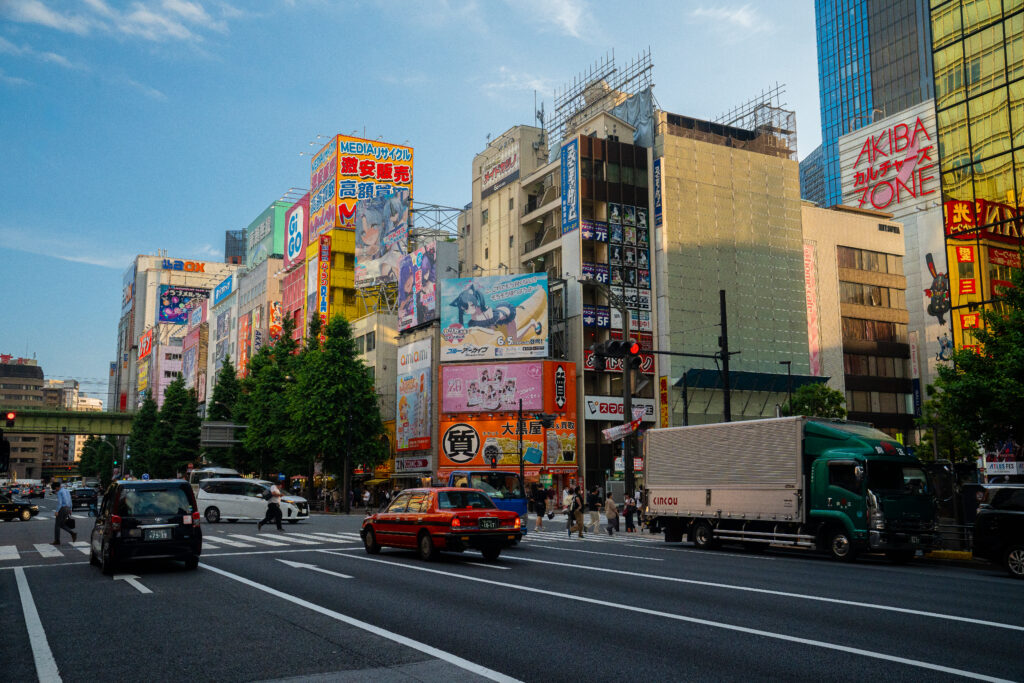
Now, if you want a little break from the intense city buzz, Shiba Park is a great starting point. Amidst the skyscrapers and crowds, its a welcome patch of green. And it frames Tokyo Tower perfectly. There’s also a small shirne tucked away. Overall, the park is a nice contrast. An ancient atmosphere in the middle of a modern city.
If you want to see some classic Tokyo elegance, be sure to check out the Nijubashi Bridge. Here, you’ll see some more of that old-school imperial Japan. It’s a beautiful piece of architecture. Though, it is a very popular spot, full of people snapping photos. Then there’s also the gardens surrounding the Imperial Palace. They’re another peaceful escape in the heart of Tokyo. These two spots, in particular, are a reminder that Tokyo is more than just a modern metropolis. It’s a city rich in history, where the past and present coexist.
Another surprise is the Shinjuku Gyoen National Garden. It’s a massive, well, garden. You’ve got the traditional Japanese garden, all zen and perfectly manicured. Then you’ve got what seemed to be a more English park, where everyone is just chilling and relaxing. There’s even more if you want to venture further. The French garden, with perfectly symmetrical flowerbeds and then the traditional teahouse, tucked away. The National Garden is like taking a mini-trip around the world, all in one park.
Staying in Tokyo, we slept at Toyoko Inn Monzen-Nakacho Eitaibashi. I know. It’s a mouthful. Our accommodation provided a pleasant stay, with friendly staff, and was in a convenient location to everything we sought out to do.
Of course, no matter where you stay, getting around was an adventure in itself. The Tokyo subway. It’s like a masterclass in efficiency, but also a bit of a puzzle at first. You’ve got all these lines and colors, and everyone seems to know where they’re going. It can be intimidating at first, but once you get the hang of it, its a game-changer. The maps will look baffling at first, but they’re actually very well organized. If you do get lost, don’t be shy. Everyone is actually very polite, albeit quiet, in this country. It’s a whole different experience from back home. And be punctual, because the trains certainly are. All in all, the Tokyo subway was a must-experience life-saver for my trip. It’s a part of the city’s rhythmic heartbeat. So efficient. So organized.
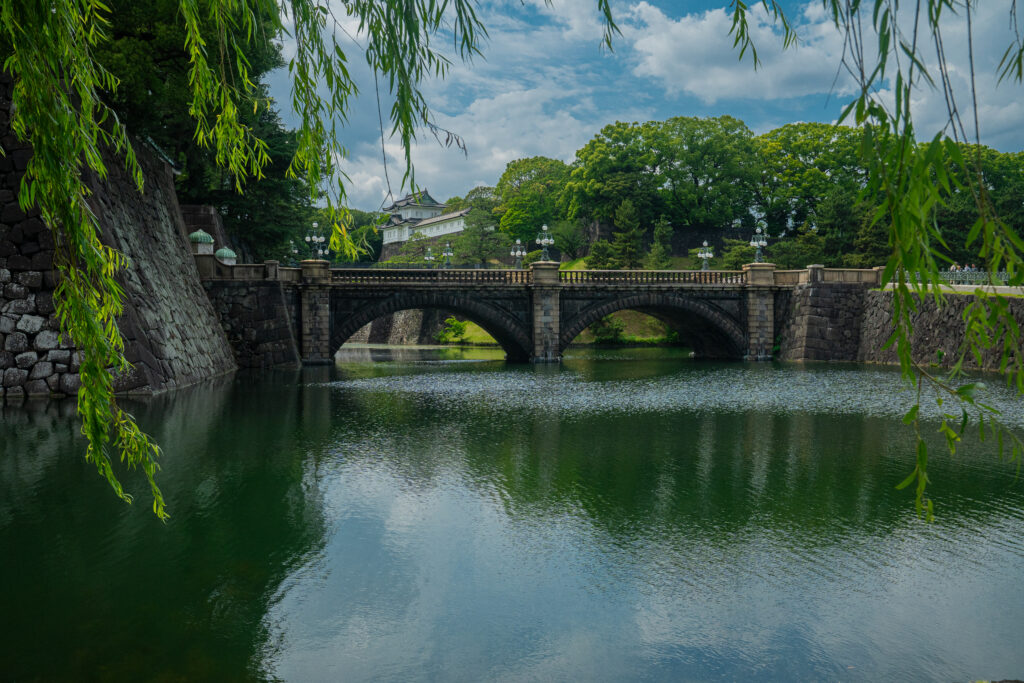
Kyoto: Where Tranquility Begins
Let’s talk temples, because Kyoto is overflowing with them, just as much as it overflows with so much more to do (hence why we spent the majority of our trip here). Fushimi Inari Taisha? Imagine thousands of vibrant red torii gates snaking up a mountainside – it’s a sight that sticks with you. Kiyomizu-dera offers jaw-dropping city views from its wooden stage, a feat of ancient engineering. And Kinkaku-ji, the Golden Pavilion, shimmers like a dream, its reflection dancing on the pond.
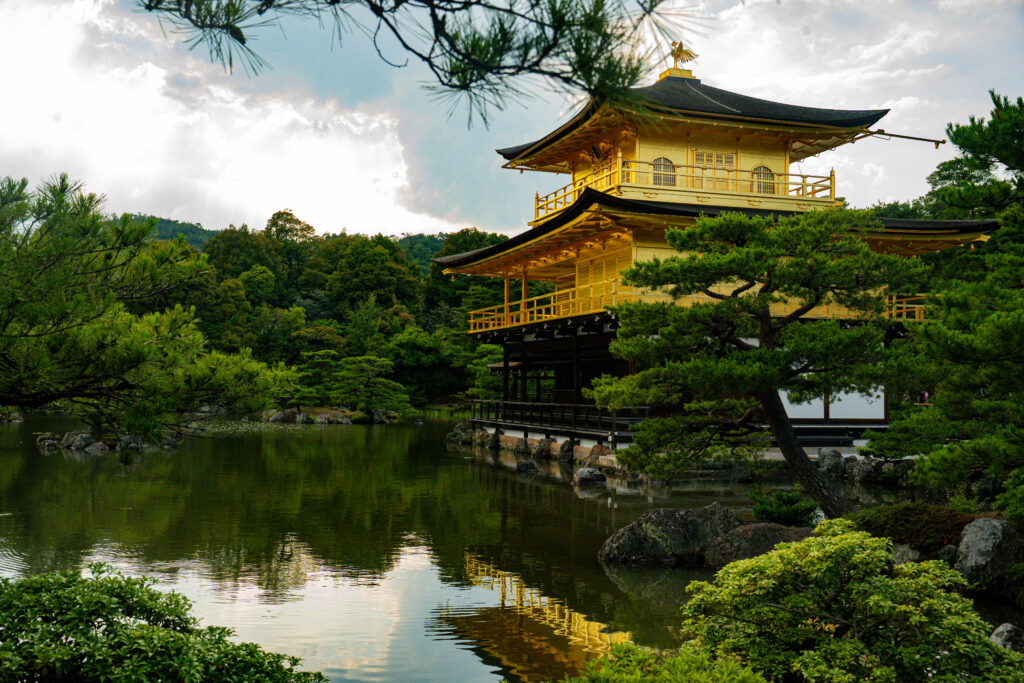
Wandering the historic districts feels like stepping into a time capsule. Gion, with its traditional wooden buildings and lantern-lit streets, whispers tales of geisha and old-world charm. It’s the kind of place where you just want to get lost.
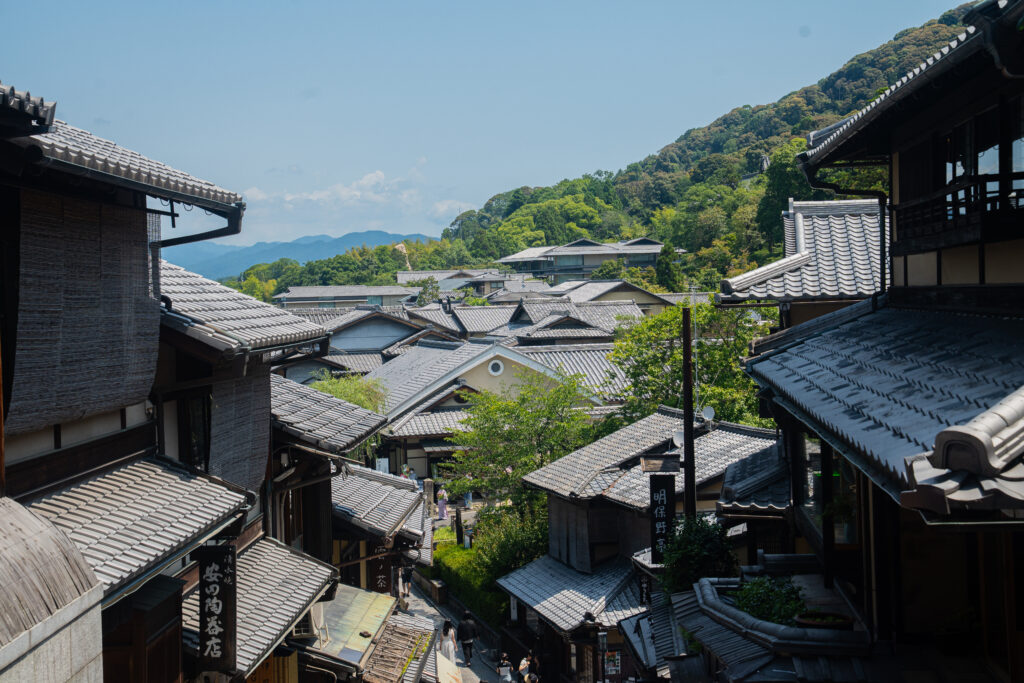
And then there’s the nature. The Arashiyama Bamboo Grove, a symphony of green, is a must-see of Japan. The gardens within temples like Tenryu-ji offer a peaceful escape, a moment of zen amidst the bustling city.
Food? All of Japan is a culinary masterpiece, but Nishiki Market is just a sensory explosion, a feast for your eyes and your taste buds. It’s like a food theme park, full of everything you can imagine. Even if you are not keen on trying new things, its still an experience to just wander around. And even besides Nishiki Market, we certainly ate well. Kyoto was a culinary adventure. I mean, the ramen. There’s several great spots, but I have to recommend Kiraku Kiyomizu Gojozaka. The food was unbelievably flavorful and spot-on. We actually went there at least twice. Of course, one food item we didn’t try much of is sushi. I’m sorry, but I just can’t get past the raw aspect of it. No thank you! But, I will say, overall? Kyoto knows how to do food. It’s not just eating, it’s an experience.
Kyoto isn’t just a destination; it’s a feeling. It’s the gentle rustling of bamboo, the scent of incense, the taste of noodles. It’s a place that leaves a mark on your soul.
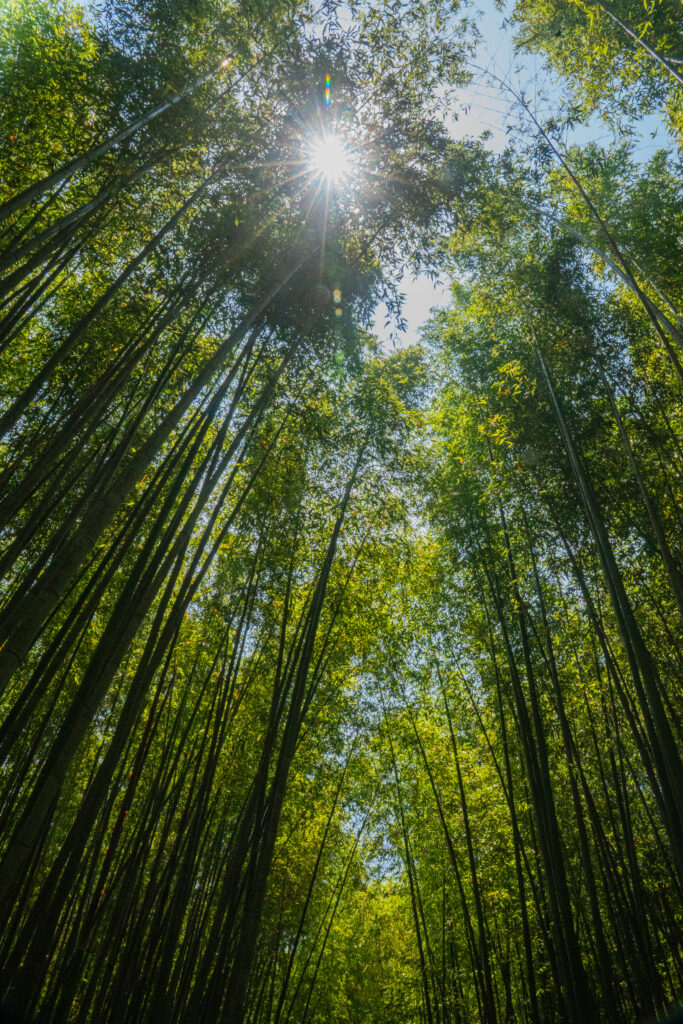
Now, we went to Kyoto, Japan during the summer. And during that time of year? It’s all about finding the little pockets of peace amongst the crowds. Because, yeah, the big and popular temples are cool, but the real magic? It’s in those hidden gardens and quiet temples tucked away from the chaos. Take, for example, Ginkaku-ji Temple (Silver Pavilion), on a quiet morning. It was like escaping into a completely different world, where the hustle and bustle of the city fades away. And the temples themselves? They aren’t just old buildings. You can tell people poured their hearts into the making of them, with the quiet hum of history embedded into the intricate woodwork.
We can’t forget the gardens of course. They aren’t just pretty. They are carefully designed works of art, perfectly fit together to make you feel calm and tranquil.
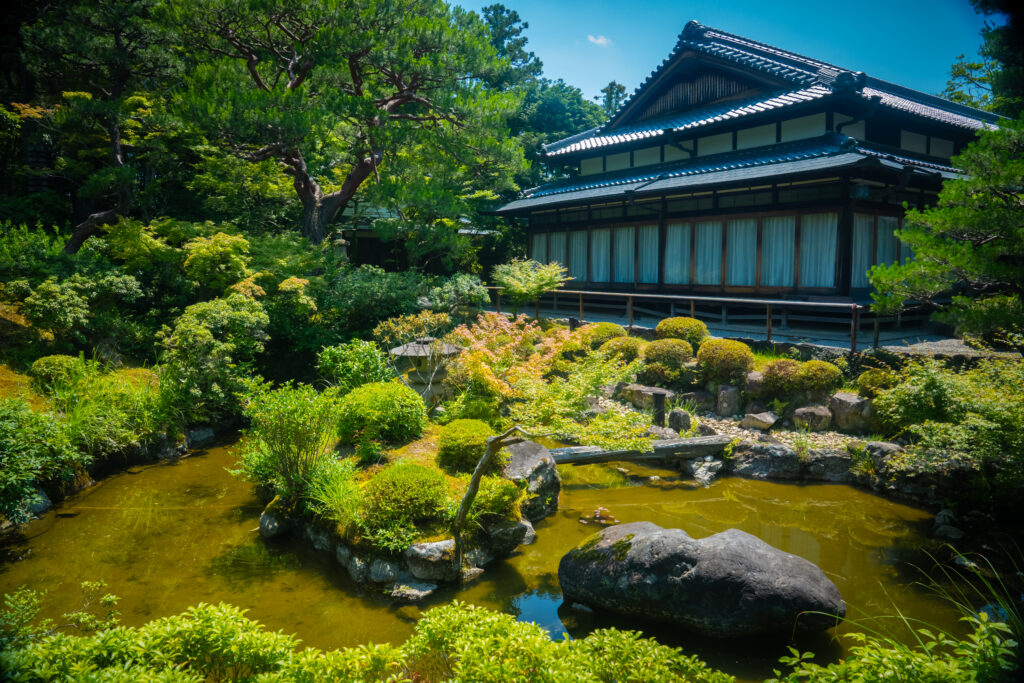
A wild card in Kyoto was the Arashiyama Monkey Park. You know, you go to Kyoto for the temples and gardens. That is, until you find yourself surrounded by adorable little monkeys. It’s a fun twist. And the monkeys are absolutely living their best lives here. Grooming one another, playing, and just doing their monkey thing. It’s also cool to see them in a, somewhat, natural-ish habitat, rather than some zoo enclosure. They’re also very chill and used to people. There’s even a feeding area where you can buy some food and get up close, feeding them through some wire mesh. Keep in mind though, they are not tame. You must still respect their space. There’s also killer views of Kyoto from the park. All in all, it was a very fun and unexpected detour from the usual Kyoto sightings.
Of course, you can’t experience Kyoto, or really any of Japan, without wandering the streets and residential areas. That’s where you get a true sense of the city. The wooden houses, little gardens, and quiet backstreets… it’s like stepping into another era. What made it more immersive was staying at Kyo no Yado en. This little guesthouse really makes that cultural feeling come alive. You live just like a local, albeit one in a larger-than-average home compared to the typical Japanese housing. And the host? Friendly as can be. Just be sure to take your shoes off at the entrance. Of course, this little detail only added to the authenticity of our stay. What better way to experience a place than to just fit in with them.
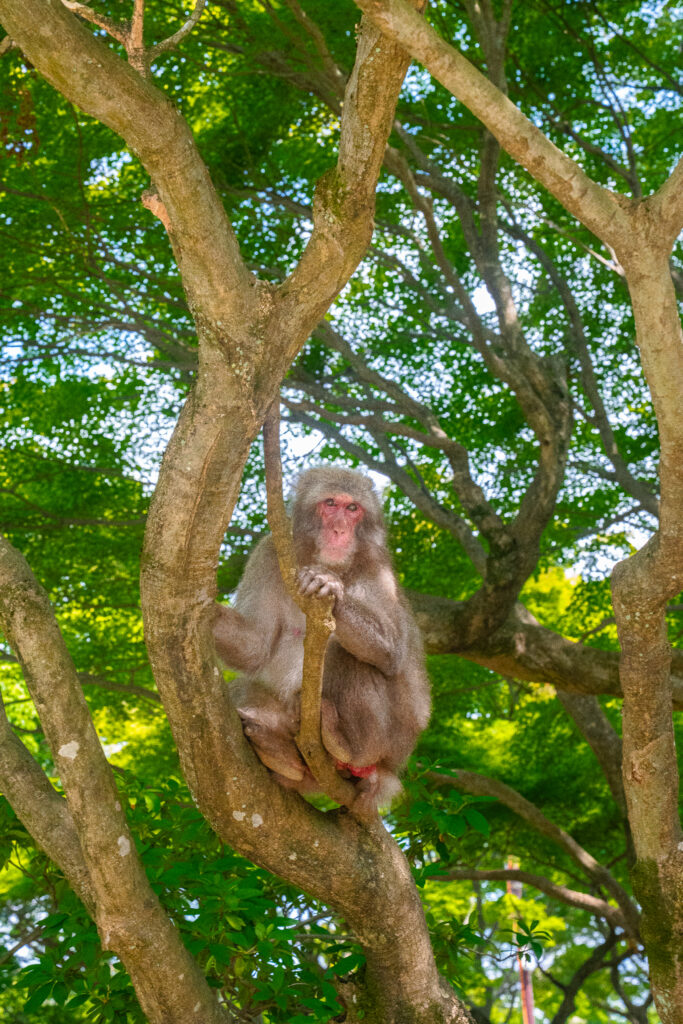
A Day-Trip to the Past
From the serene calm of Kyoto, we made a journey to Hiroshima via the Shinkansen, a stark and swift transition. It’s amazing to stand in a place with so much history. After all, we’ve all heard, and felt the weight of, the stories. We’ve seen the pictures. Being there though? It’s just different. First, there’s the Peace Memorial Park. The Cenotaph, the Peace Flame, the Atomic Bomb Dome? They’re not just monuments, but reminders of the cost of conflict and importance of peace. It also reminds you how quickly life can change.
Then, there’s the Peace Memorial Museum. It’s full of artifacts and stories. And the Children’s Peace Monument? Its beautiful. Full of colorful origami cranes to pose as a symbol of hope for a better future.
Now, you can’t talk about Hiroshima without mentioning the Atomic Bomb Dome. It’s almost a haunting sight. A skeletal structure that’s a reminder of the unimaginable devastation that took place. Visiting Hiroshima, you witness a city that rose from the ashes and honors the past, while still embracing a stronger future.
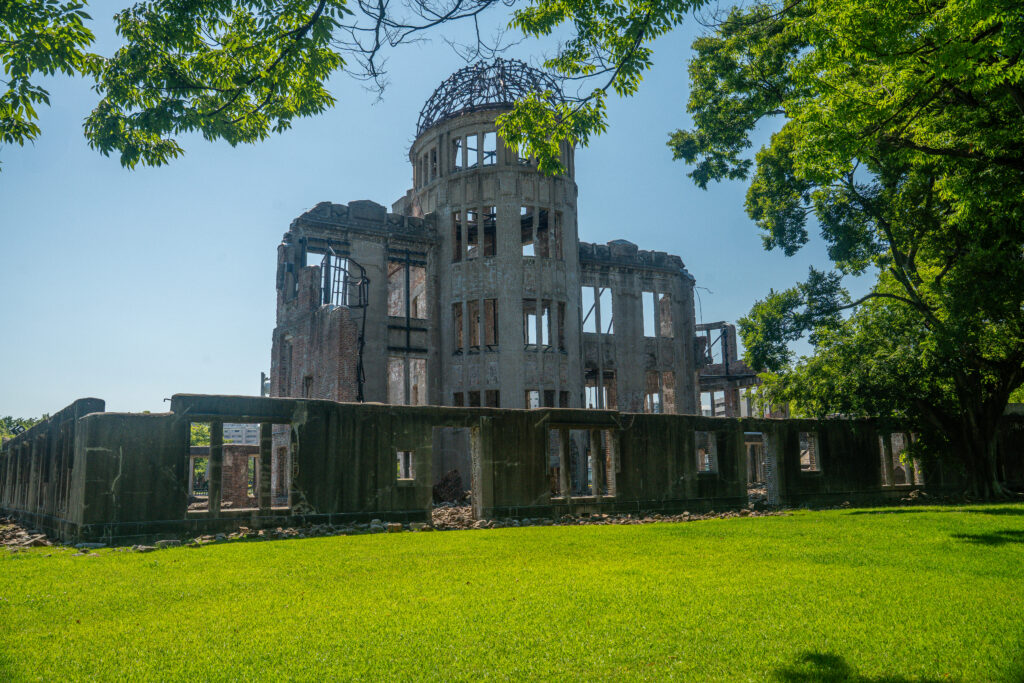
The Delightful Charm of Nara
A complete change of pace, Nara is like a breath of fresh air. After the weight of Hiroshima, visiting Nara is like stepping into a whimsical fairy tail of deer that are just as adorable as everyone says.
Basically deer central, Nara Park was one of the main attractions of the city. The park is full of them. And they roam free, unfazed by the crowds. They are also surprisingly polite. In fact, there’s a whole protocol to interacting with them. You buy these special crackers, bow to them (feels silly at first), and they actually bow to you in return before taking one! It’s hilarious and heartwarming at the same time.
Nara isn’t just about the deer, however. Todai-ji Temple is an absolute must-see. It’s massive! The sheer scale of the wooden structure is mind-blowing, and it has a giant bronze Buddha statue within it to boot. Similarly, Kasuga Taisha Shrine, with its thousands of stone and bronze lanterns, is an incredible experience.
Nara in general is a very relaxed place, where you can wander around, enjoy the scenery, interact with the deer, and soak in the peaceful vibe. It’s a great escape from the hustle of your typical city. Besides, you doesn’t want to see the adorable deer. They’re like ambassadors for the city.
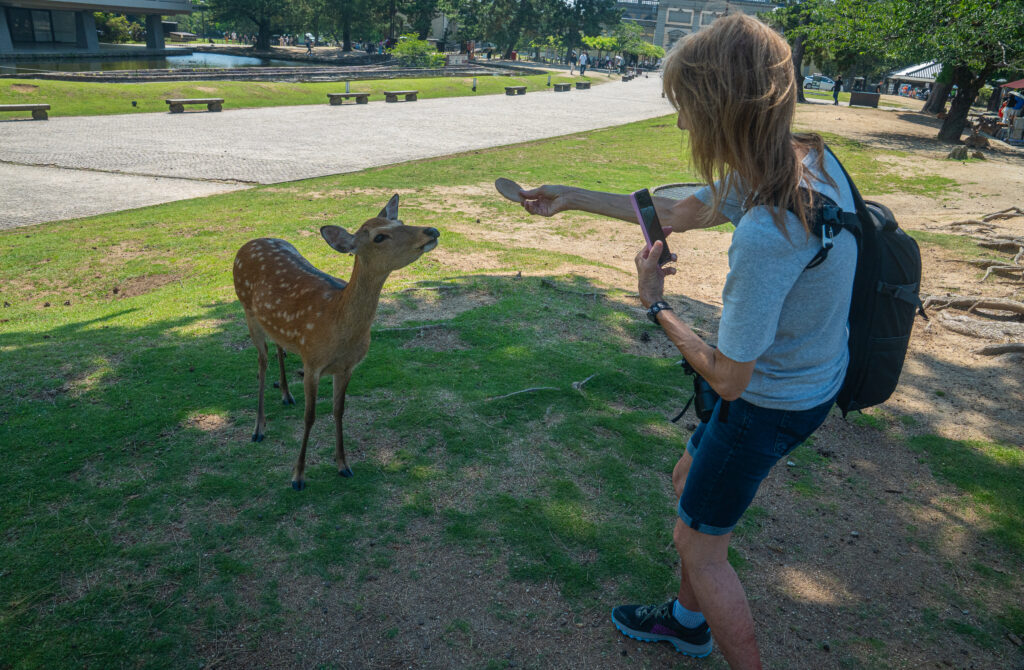
Lake Kwaguchiko and Mount Fuji
What a view this lake is. You know those photos of Mount Fuji that seem to perfect to be real? That’s Kawaguchiko. It’s like being in a postcard. The lake is so calm and still, it’s like a mirror. And seeing the mountain reflected perfectly? Unreal. And not far from the lake, you can’t forget about Chureito Pagoda. I mean, what a view! You know it. The one in every travel brochure. The climb up though? A bit of a trek. The stairs in these places are no joke, but it’s worth every step. Once you get to the top, the scene is just iconic. It would have been even better in cherry blossom season, but beggars can’t be choosers.
Visiting Kawaguchiko, we stayed a night at Toyoko Inn. While nothing fancy, it more than accommodated us and the staff were very pleasant. With this said, if you’re going to visit the lake, I recommend at least one night’s stay, as it takes approximately 5 hours via train and bus ride to get to and from Kyoto. Of course, for maximum time, take the earliest train you can. If you want more in-depth tips for public transit in Japan, check out my other blog post.
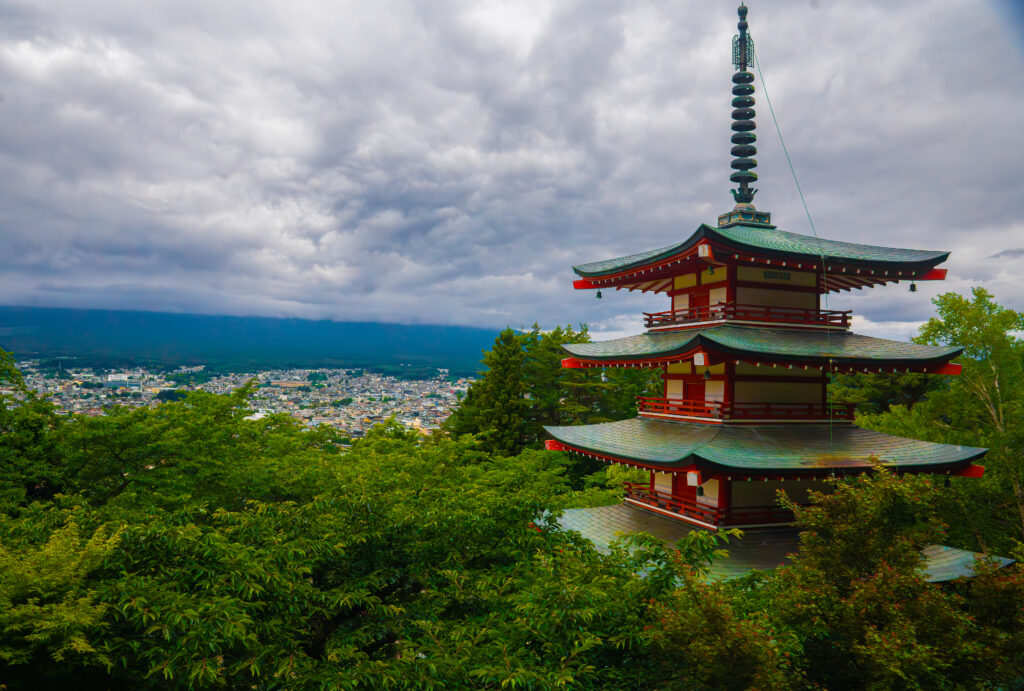
A Culture Shock Worth Experiencing
Now, Japan isn’t just about the sights. It’s the subtle things. The unspoken rules. The way people treat one another. The politeness? It’s on another level. Everyone is respectful, considerate, and peaceful. No matter where you go. People bow to one another. They wait their turn. It’s refreshing. And the cleanliness? They certainly take pride in their spaces. Even the busiest parts of the cities, the streets are spotless. You won’t find a spec of trash lying around. It’s a testament to their sense of community and responsibility. And the attention to detail. The way they present a meal or maintain a garden. There’s a sense of care and precision in everything they do.
It’s really the little things that make Japan so special. There is more than big attractions. It’s a way of life. And a reminder that travel is more than just ticking off a checklist. It’s about experiencing and learning.
P.S. Be sure to make a stop, or several, at Japan’s 7/11 stores, especially if you need a snack. Their smoothies, hot fried chicken, and, really, everything, are out of this world. This alone makes Japan worth the visit! (kidding, sort of).
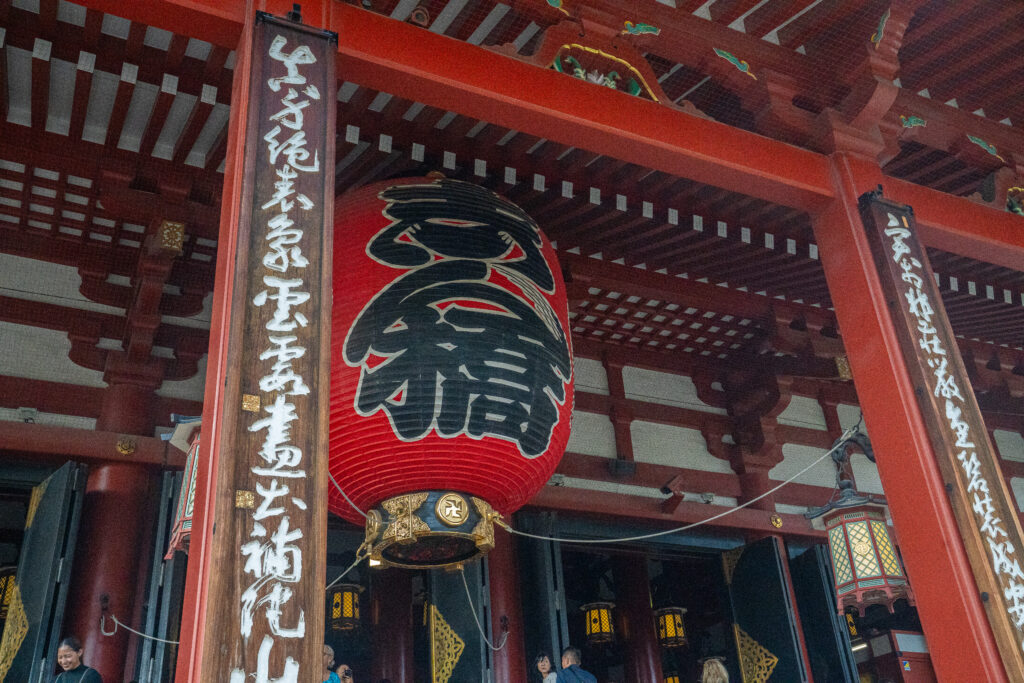


Keep up with my latest adventures in Adventures Unpacked! A newsletter for the wanderlust-filled adventurer with news on my latest journeys, travel and photography tips, and more!